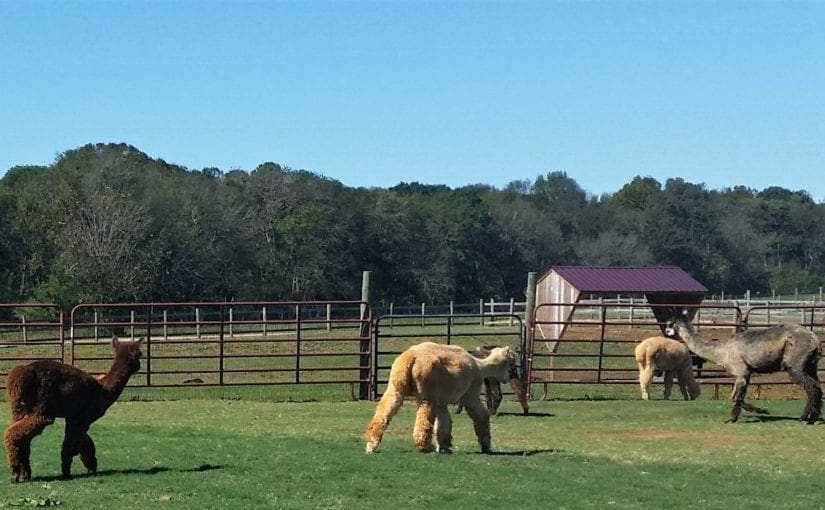Most recently updated January 16th, 2022
A few months ago, I decided to do a tour of local farms and animal rescues that would be fun outdoor activities for kids.
I planned to visit and preview the places, then post outdoor activity ideas for families to use during their kids’ school breaks.
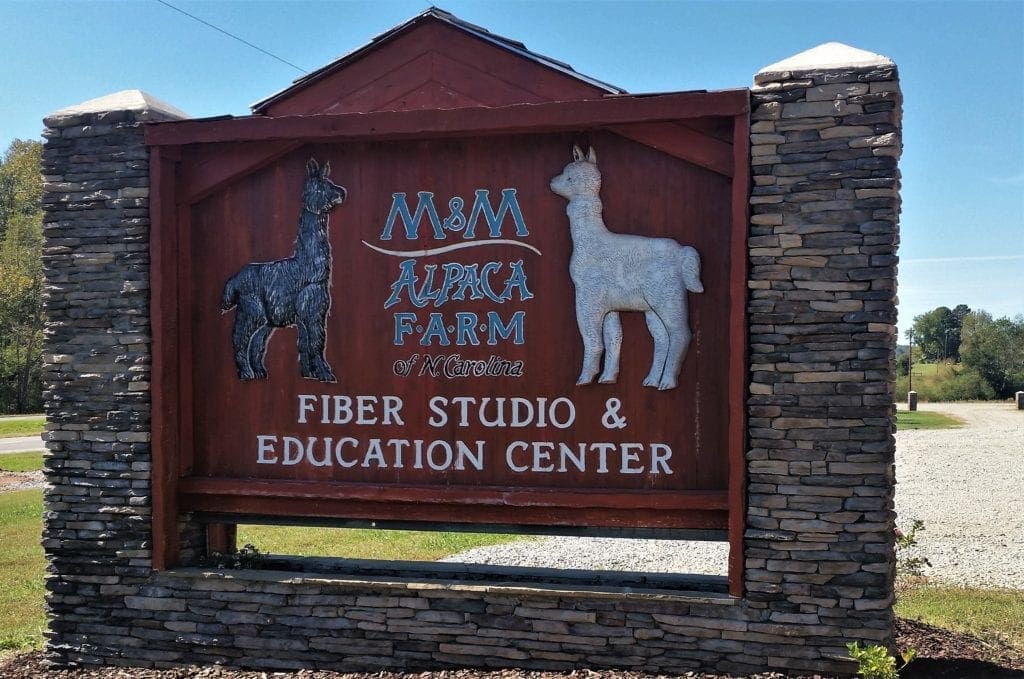
So, I tapped into the Facebook hive-mind for some local outdoor activity ideas.
My friends came back with all sorts of great recommendations – most having something to do with goats, llamas, and alpacas – but also a lot of breweries, wineries and meaderies. Hmmm. Anyway…
So, I trimmed out all of the adult beverages (that will be a different set of posts!) and made a list of places to go see.
For my first visit, I narrowed it down to alpaca farms near me, specifically looking for an alpaca farm tour.
And that’s how I found M&M Alpaca Farm. Although M&M offers free self-guided tours of the farm, I opted for a scheduled guided tour for just a few dollars. I’m very glad I did!
M&M ALPACA FARM
IMPORTANT UPDATE: M&M ALPACA FARM Is CLOSING FOR GOOD
Saturday September 25, 2021 is the final public event on the farm! After that, they’ll be closing the farm for good.
Come out and celebrate a great run! You can also get some good deals 🙂
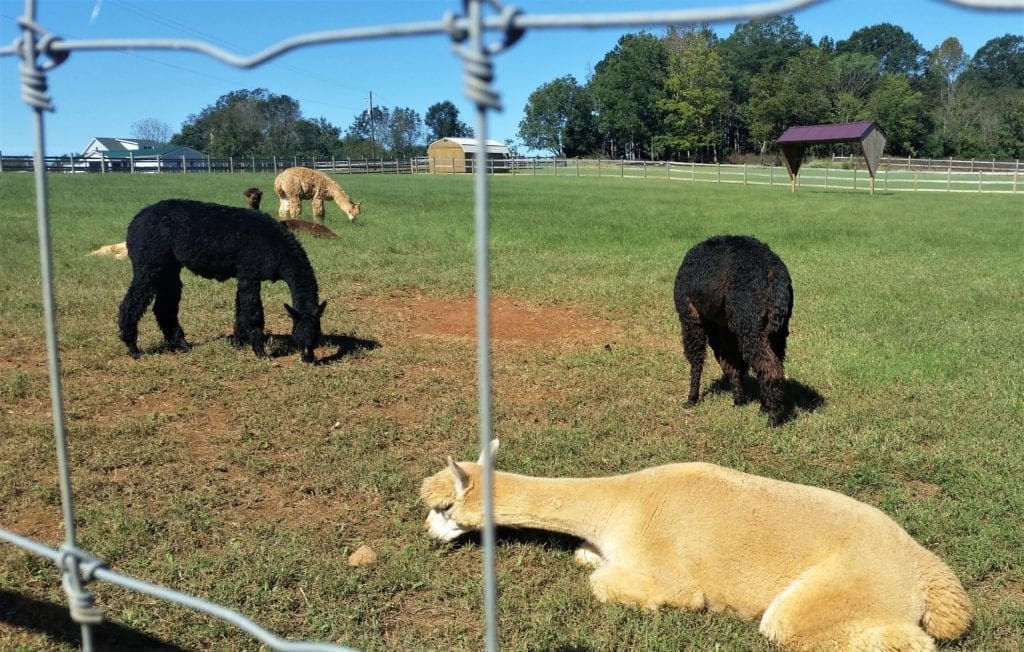
You can see some alpacas, and they’ll also have a big yard sale filled with tons of farm close-out items, a fiber sale for all the fleece lovers, and big discounts on all the items in the store.
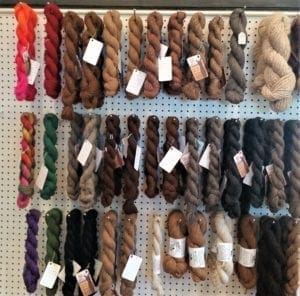
Here’s a link to the event details: Alpaca Farm Final Event
If you are unable to make it to the Alpaca farm before they close, maybe you could try a llama trek, or a visit to a Tiger Rescue, or maybe a local rescue and Petting Zoo instead?
Check out all of our Outdoors With Kids posts for even more ideas.
M& M Alpaca Farm of North Carolina is a family owned and operated farm in Pittsboro, NC, owned by Marty and Mary Raynor – M&M! The day to day work on the farm is handled by Marty and his tireless crew.

Laina Peck-Bostwick, the Chief Operating Officer, handles business craziness (including the Fiber Studio & Educational Center), paperwork, shows, emails, and record keeping. Sometimes she sleeps, too. Pretty sure… 🙂
The whole family gets involved though, including Marty and Mary’s five children.
You’ll often see the family out in the pens, training, cleaning, and working hard to keep up with the daily demands of farm life.
Marty has always loved owning and raising animals, and tells everyone how rewarding it is to see his family come together to bring his dream to life. The M&M Alpaca Farm is his dream that has finally come true.
I contacted them via their Facebook page, and read their website’s “Want to Visit?” section, and made arrangements to come out for a tour.
Some of my posts contain affiliate links. If you make a purchase through an affiliate link, I will receive a small payment at no additional cost to you. I do not get paid for recommendations, all opinions on this site are my own. See full Disclosure page here.
Before I tell you about the tour and the M&M Farm facility, here’s some background on Alpaca Farming.
Alpaca Farming in North America
Alpaca farming is still pretty new in the United States, having only been introduced into the US in 1984. That said, while alpaca farming isn’t a get-rich-quick business, the industry’s future is stable and it seems to have caught on like crazy.
People around the world call alpacas “the world’s finest livestock.” There are some good reasons for that!
- The lifespan of the alpaca is about 20 years and gestation is 11.5 months.
- Alpacas eat grasses and chew a cud. They are gentle and easy to handle.
- Alpacas don’t have incisors, horns, hooves or claws.
- Clean-up is easy since alpacas deposit droppings in only a few places in the paddock.
- Plus, they require only minimal fencing and can be pastured at 5 to 10 per acre.

There are two main ways to make profits from alpaca farming:
- Marketing the alpaca’s offspring (cria) or stud fees for herdsires to other farmers.
- Harvesting and selling luxurious alpaca fleeces to wool spinners and textile makers.
They also take in Rescue alpacas and keep them separated from their regular herd for a little while, until they become used to farm life or rehabilitated from any injuries they may have.
A Brief History of Alpacas
Alpacas were a treasure of the ancient Incan civilization and played a central role in the Incan culture of the high Andean Plateau and mountains of South America.
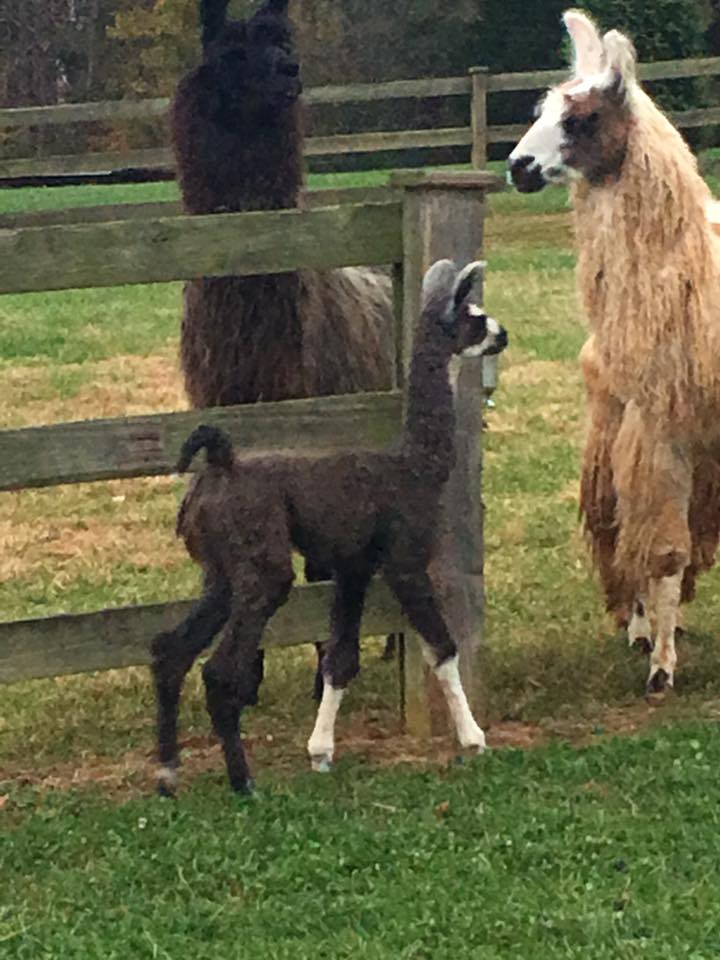
They’re thought to be a result of crossbreeding llamas and viycunas that began 6000 years ago, to breed for better fleece.
In ancient Peru, alpaca fleeces were reserved for royalty.
The Alpaca population in Peru was almost wiped out by invading Spaniards in the 1500s – who saw them as competition for their sheep for grazing lands.
Alpacas in Peru are still scarce and unique, and the fabrics and yarns produced from their fleeces are in demand at fashion centers all over the world.
Today, Alpacas still represent the primary source of income for thousands of South Americans.
Peruvian Alpaca herds graze primarily on the level heights of the Andes of Ecuador, southern Peru, northern Bolivia, and northern Chile at an altitude of 3,500 m (11,483 ft) to 5,000 m (16,404 ft) above sea-level, throughout the year.
What is an Alpaca?
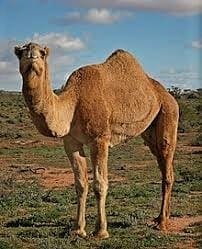
The Alpaca (vicugña pacos) is a domesticated species of South American camelid. (Alpacas are members of the camel family.)
The camels that most people are familiar with are the ones with humps: the dromedary of Northern Africa, the Middle East, and Southern Asia, and the Bactrian camel of China and Tibet.
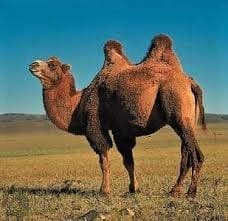
There are four other camel cousins (without humps) that are indigenous to South America.
Two of them, Llamas and Alpacas, have been domesticated for thousands of years.
The other two varieties, Guanacos and Vicunas, continue to roam in wild herds to this day.
Alpaca Fiber

In the textile industry, “alpaca” primarily refers to the hair of Peruvian alpacas. Alpaca wool is as soft as cashmere (only lighter) and high in demand by hand spinners.
Alpaca wool is one of the softest natural fibers and even warmer than sheep’s wool.
Though similar to sheep’s wool, it’s not prickly, and has no lanolin (a natural grease) which makes it hypoallergenic.

Alpaca fiber is used for making knitted and woven items, like blankets, sweaters, scarves, ponchos, and a wide variety of textiles in South America.
It’s naturally water-repellent, which makes it good material for outer garments.
Alpaca fiber comes in more than 52 natural colors as classified in Peru, 12 as classified in Australia and 16 as classified in the United States.
The Huacaya and the Suri
The Alpaca comes in two breed-types: Huacaya (pronounced wah‑KI‑ah) and Suri (SOO‑ree).
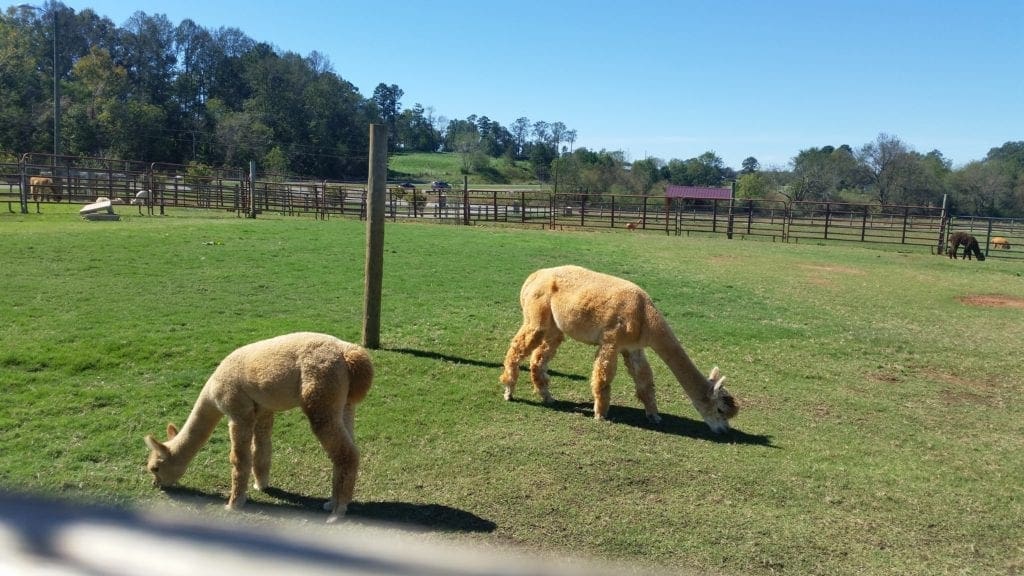
Huacayas account for about 90% of all alpacas, with a fluffy, crimpy fleece that makes the animals look like long-necked teddy bears.
Suris, in contrast, grow silky, lustrous fleece that drapes gracefully down their necks and sides in beautiful pencil-locks.
Fleece Usage
- Huacaya grows soft spongy fleece with a crimp that makes a naturally elastic yarn, perfect for knits.
- Suri fleece has less crimp and is best suited for woven goods, but is also very luxurious.
Alpacas are shorn once a year, usually in Spring – typically at the very end of April or first week of May.
Shearing usually takes around five to ten minutes per animal for an experienced alpaca shearer. The fleeces are clipped without causing any harm to the animal.

Alpaca fleece is made into various products, from very simple and inexpensive garments made by the aboriginal communities to sophisticated, industrially made and expensive products such as suits.
(The designer Armani has used Suri alpaca to fashion Men’s and Women’s suits.)
Years ago, when I was hiking in the Peruvian highlands, we visited a small Alpaca farm that provided employment spinning and weaving for many of the Highland women.
I purchased a beautiful woven table runner that is still beautiful to this day.
In the United States, groups of smaller alpaca breeders have banded together to create “fiber co-ops,” in order to make the manufacture of alpaca fiber products less expensive.
” src=”data:image/gif;base64,R0lGODlhAQABAIAAAAAAAP///yH5BAEAAAAALAAAAAABAAEAAAIBRAA7″ alt=”

